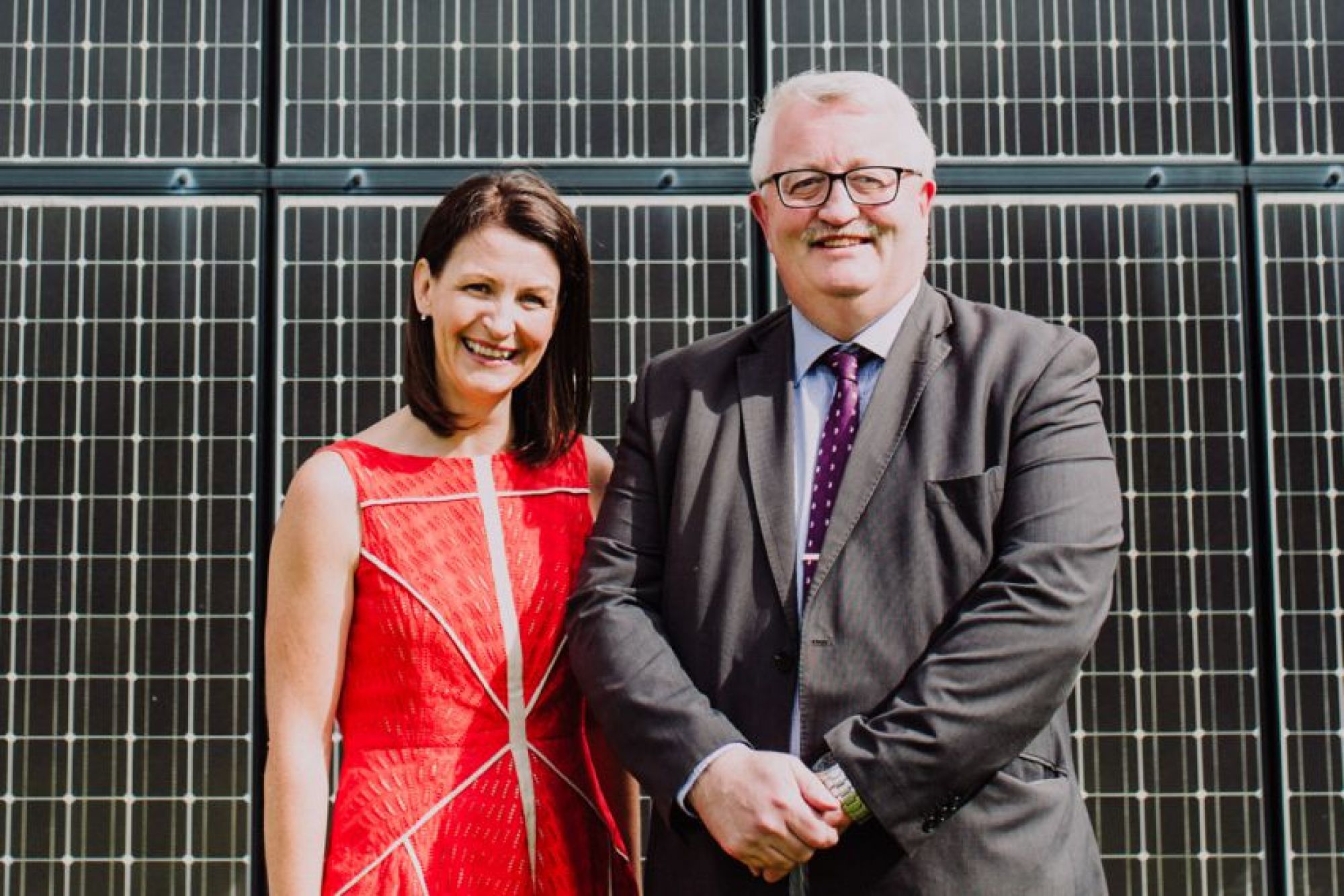Page content
Energy Storage & Demand Side Response PhD Studentships 2017 - INTERREG VA
Applications are invited for six PhD studentships in Energy Storage Demand Side Response.
Energy storage and Demand Side Response are essential elements of large scale renewable energy integration. Global energy demands are growing and in order to ensure an environmentally sustainable future, such growth must be achieved primarily with renewable energy resources. However the variable energy supply from the most likely renewable energy sources (wind and solar) requires temporal management and therefore energy storage and demand side response will see a huge increase in demand.
Candidates should hold, or expect to hold a first or upper second class honours degree in Engineering, Computer Science, Science, or a cognate area.
Applications will be considered on a competitive basis with regard to the candidate’s qualifications, skills experience and interests. Successful candidates will enrol as of 1 October 2017, on a full-time programme of research studies leading to the award of the degree of Doctor of Philosophy.
The studentship will comprise fees and an annual stipend of £14,553. It will be awarded for a period of up to three years subject to satisfactory progress and is tenable in the new Faculty of Computing, Engineering and the Built Environment at the Jordanstown campus.
The Research topics proposed are in the areas of Energy Storage and Demand Side Response. We are particularly interested in proposals within the following areas: Distributed energy storage models for DNO/DSO operations; Development of business models for commercial and community energy storage schemes; All-Ireland Energy Markets considering iSEM, DS3, GB/FR interconnections; Phase Change and Alternative Materials for Thermal Energy Storage; Variable Speed Heat Pump Compressors for Demand Side Response & Network Stability; and Combined Solutions for Electrification of Heat and Transport at a Domestic Level.
Spire 2 PhD Projects
The PhD projects available are:
- Distributed energy storage models for DNO/DSO operations.
- Development of business models for community energy schemes
- i-SEM, DS3 and GB/Fr Interconnection Electricity Market Modelling
- Optimal Integrated Solutions for Energy Storage, Electrification of Heat and Transport at a Domestic Level
- Variable Speed Heat Pump Compressors for Demand Side Response & Network Stability
- Phase Change and Alternative Materials for Domestic Thermal Energy Storage
Procedure
For more information on applying go the research pages on our website. Where you can apply online.
The closing date for receipt of completed applications is 28th July 2017
Interviews will be held in August 2017
Contact
If you have any questions please contact Professor Neil Hewitt using the information below.
INTERREG VA Programme
This project is supported by the European Union's INTERREG VA Programme, managed by the Special EU Programmes Body (SEUPB).
















